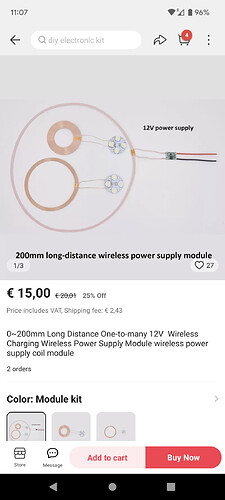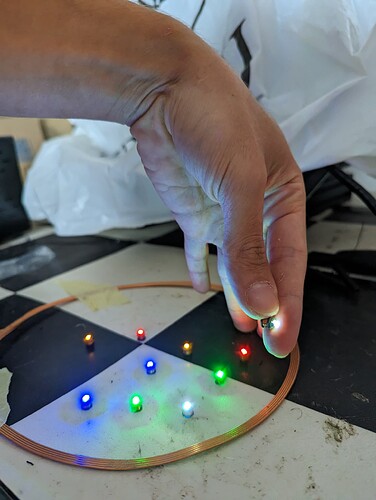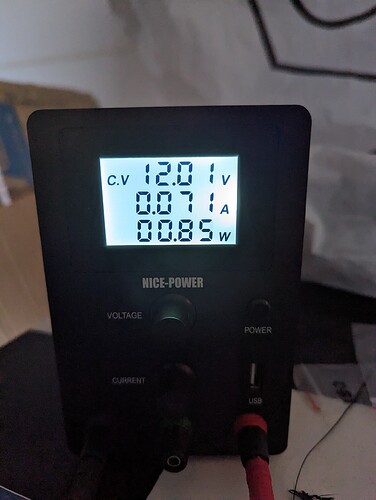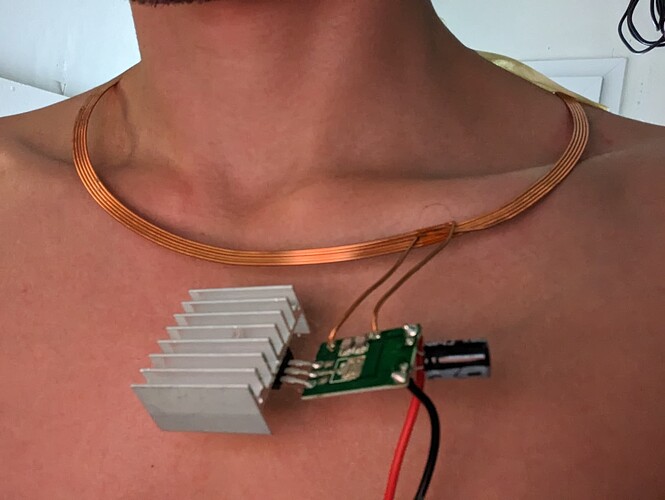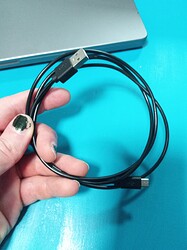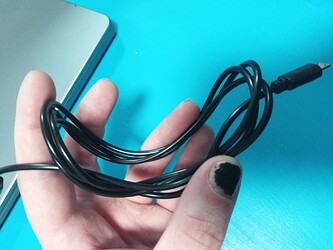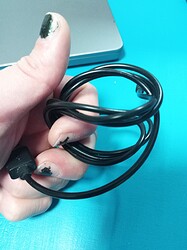So I had an idea recently after seeing this image:
And I was thinking to myself… What if I could make that LED ring happen?
Would people get such cosmetic implants?
There is also the game Detroit: Become Human where, in universe, the Androids are required to wear a similar LED ring on their temple to help distinguish them from humans.
Here’s my current ideas:
- The LED ring could be a simple flexible PCB that has the LEDs on them
- The LED ring could be powered externally and electrical power could be transmitted to it through the skin by Inductive Wireless Power Transfer. This aleviates two problems: ONE, having the power source for these LEDs external aleviates any problems or risks that are associated with having a battery under the skin (in case of battery expansion, explosion, replacement etc). TWO, using IWPT aleviates any problems with trying to pass wires under the skin since there is no skin breach and no risk of infections apart from implanting the LED ring itself. Also IWPT appears to be the safest version of WPT for the surrounding tissues compared to Capacitive WPT or Microwave based WPT.
I was imagining something like this:
which is taken from this paper exploring this topic Wireless Power Transfer Techniques for Implantable Medical Devices: A Review - PubMed
To keep it simple, the LED ring only has the neccessary components to recieve the inductive power, convert it to DC for the LEDs and the LEDs themselves; so only passive components. Maybe the wires from the coil to the LED ring could be longer? I’m not sure but it could work although it would make the implanting process a bit more complicated.
Perhaps the LED ring could electrically be something like this?
The power transmitter would be external, meaning it could be changed easily and charged easily. It could also be removed when washing or something.
What do people think?




